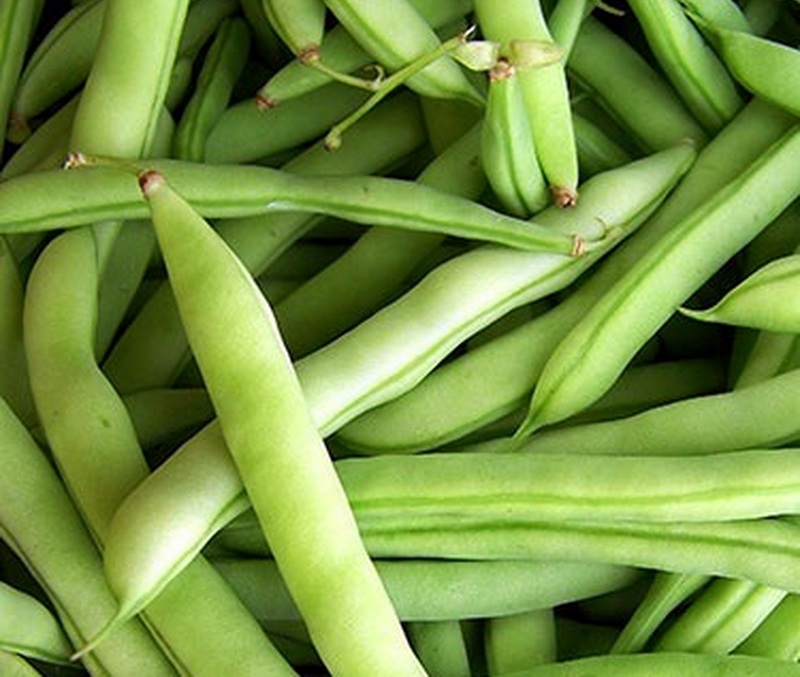The Early White Half-Runner Bean, beloved across the northern U.S., originated in West Virginia among the hill farms of southern Calhoun County. Though it may have been brought to the mountains from Germany generations before, it was first identified here.
Tom Hardman, chairman of Hardman's Supply Co., says the story of the heirloom's origin is well known across central West Virginia, where most of the chain's seven stores are located.
"My father told the story often," Hardman says, and of course, every one of our employees knows it.
"For years, according to my father, Mrs. Euna Poling Hall, who was from Sand Ridge, would buy her garden seeds in our store, with the exception of beans.
"She would brag to my grandad, O.R. Hardman, about her beans, and he encouraged her to bring in a sample, which in 1933 he sent to the J. Chas McCullough Seed Company in Cincinnati for evaluation."
Hardman says the seed company determined the Calhoun County strain was of exceptional value—a cross between a bush and a pole bean.
"From the sample, they developed the Early White Half-Runner bean," he confirmed.
"It became the staple of everyone's garden throughout West Virginia."
Hardman says that he'd been told that West Virginia University had further developed a "State Half-Runner" and "Mountaineer Half-Runner" based on the Calhoun County strain, though he's not been able to confirm.
Following World War II, younger members of many West Virginia families were less inclined to remain on the family farm and sought to find other employment, Hardman said.
These former West Virginians could not find their favorite bean in local stores, so they asked their parents to have Hardman's Supply mail them what had been the savory staple of the family dinner table.
Literally, tons of quarter- and half-pound packages of the half-runner seed were shipped to those living out of state, Hardman said.
"Through the '30s and into the '40s, sales grew to the point that it was far-and-away the best seller we had," he said. "Soon, we were mailing thousands of packages of West Virginia's favorite seed."
Hardman said that dinner was not complete without a "mess" of half runners on the table.
"The Early White is still the favorite in these parts," Hardman said.
Pink-flowering redbud trees guided early W.Va. settlers

Blossoming across the eastern U.S. in spring, redbud trees were notably important during the settlement of the Appalachian Mountains, where they indicated the presence of some of the best soil for farming. Today the pink-blooming trees, which also thrive in urban settings, provide an opportunity for city-dwellers to experience a natural harvest and experiment with recipes using the tree's sweet flowers. Read the full story here.
Sign up to receive a FREE copy of West Virginia Explorer Magazine in your email twice weekly. Sign me up!



